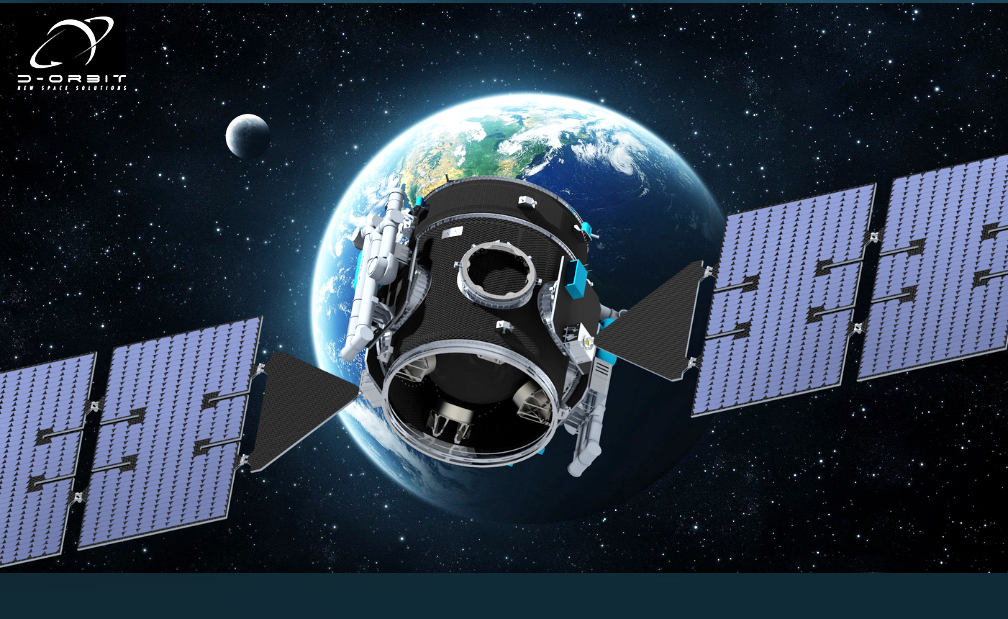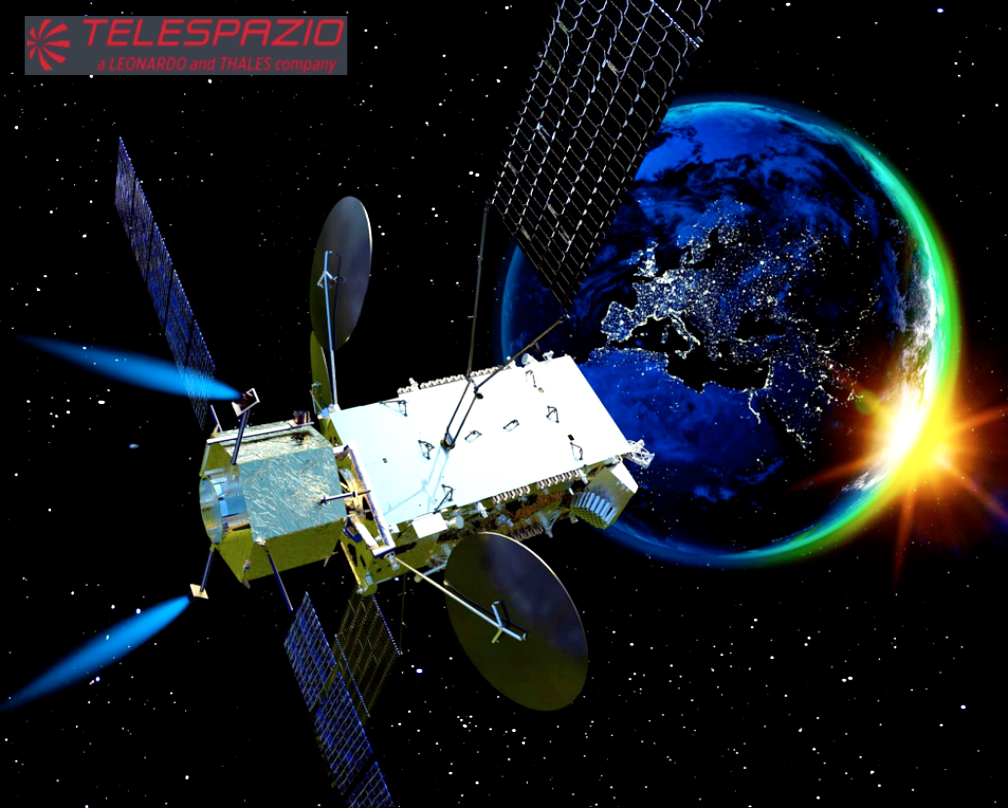
In-Orbit Servicing (IOS) refers to extending the life or functionalities of spacecraft that are already on-orbit — this can be accomplished by performing maintenance, adjusting a spacecraft’s orbit, changing the direction it is facing, providing more fuel, or even changing or upgrading the instruments onboard.
The European Space Agency (ESA) has conducted extensive work on IOS, including as part of its Clean Space initiative for the removal and prevention of space debris. As part of this research, ESA Preparation invited industry partners to outline their vision of Europe’s first IOS mission, to be launched as early as 2028.

Astroscale, ClearSpace, D-Orbit and Telespazio (collaborating with Thales Alenia Space) were given funding to mature their ideas, and their results were presented in preparation for the 2022 ESA Council at Ministerial level.
Satellites of the future may carry less fuel and larger instruments. The option of on-orbit assembly also means that future satellites could be designed to consist of modules that are easy to assemble and individually replace. For the same reasons that plugs and sockets for electronics have standard shapes, discussions on standardized ‘docking’ structures have already begun, to make it easier for one model of servicing spacecraft to latch on to different types of satellites.

More than half of all satellites being launched are commercial, so commercial operators need to be involved if we wish to make servicing a standard procedure. The Preparation element of ESA’s Basic Activities was in a unique position to support these mission assessment studies, including the bigger-picture commercialization opportunities.
The four selected companies investigated the opportunities for IOS operations for satellites in LEO and GEO. LEO hosts important satellites such as the Hubble Space Telescope, the Copernicus Sentinel Earth observation satellites, and the International Space Station. GEO hosts Europe’s series of Meteosat weather satellites and, importantly, most satellites used for telecommunications.
A clear outcome from the four studies is that the telecommunications industry is keen for life extension services to be up and running as soon as possible. Particularly relevant is orbital maintenance: operators have to make sure the spacecraft stays exactly where it should be, and change the orbit or rotation if it has drifted over time.
The proposals detail how a servicing spacecraft can latch on to satellites that have run out of fuel and perform the necessary orbit control. The servicing spacecraft can stay attached for as long as needed, after which it parks the satellite in a so-called ‘graveyard orbit’ and moves on to the next satellite that needs servicing.
Following these four studies funded by ESA Preparation, ESA’s Space Safety program has decided to move forward with two of the proposed missions. The program envisions that IOS operations will continue to expand, both in number of missions and their capabilities. European industry has the ambition to make IOS common procedure by the early to mid-2030s.
“In-Orbit Servicing could fundamentally change the way that future satellites are designed and operated. Towards the 2030s, satellites will likely need to be designed with interfaces and other features that allow service and disposal spacecraft to do their work. We made it a mandatory endpoint for all four teams to have some kind of relationship to an actual customer that they want to provide this service to. This led to very interesting discussions between ESA, the companies interested in setting up IOS missions, and companies who own the satellites to be serviced. Take for example the legal implications: if two satellites collide during servicing, who is responsible? These are newer actors with perhaps slightly different ways of approaching design and development, often involving smaller teams and more fast-paced iterations. It was refreshing to compare different workflows and discuss possible forms of collaboration. Interestingly, three of the four proposals came from what you might call ‘New Space’ companies.” — Ross Findlay, IOS system engineer, ESA.
“These activities, and their contribution to the Ministerial Council meeting, demonstrates the importance of the Preparation program in supporting ideas to become a reality.” — Moritz Fontaine, Discovery & Preparation officer, ESA
